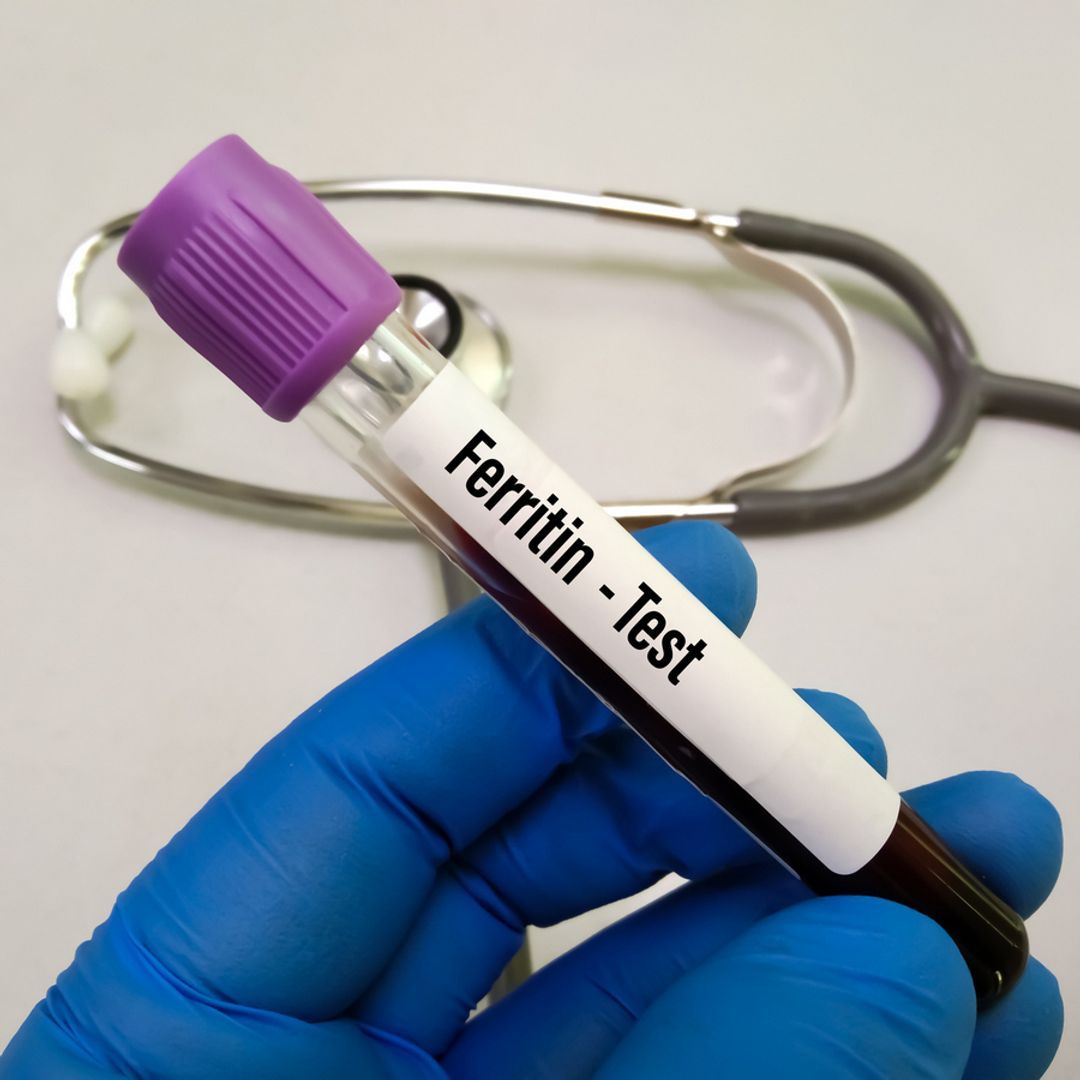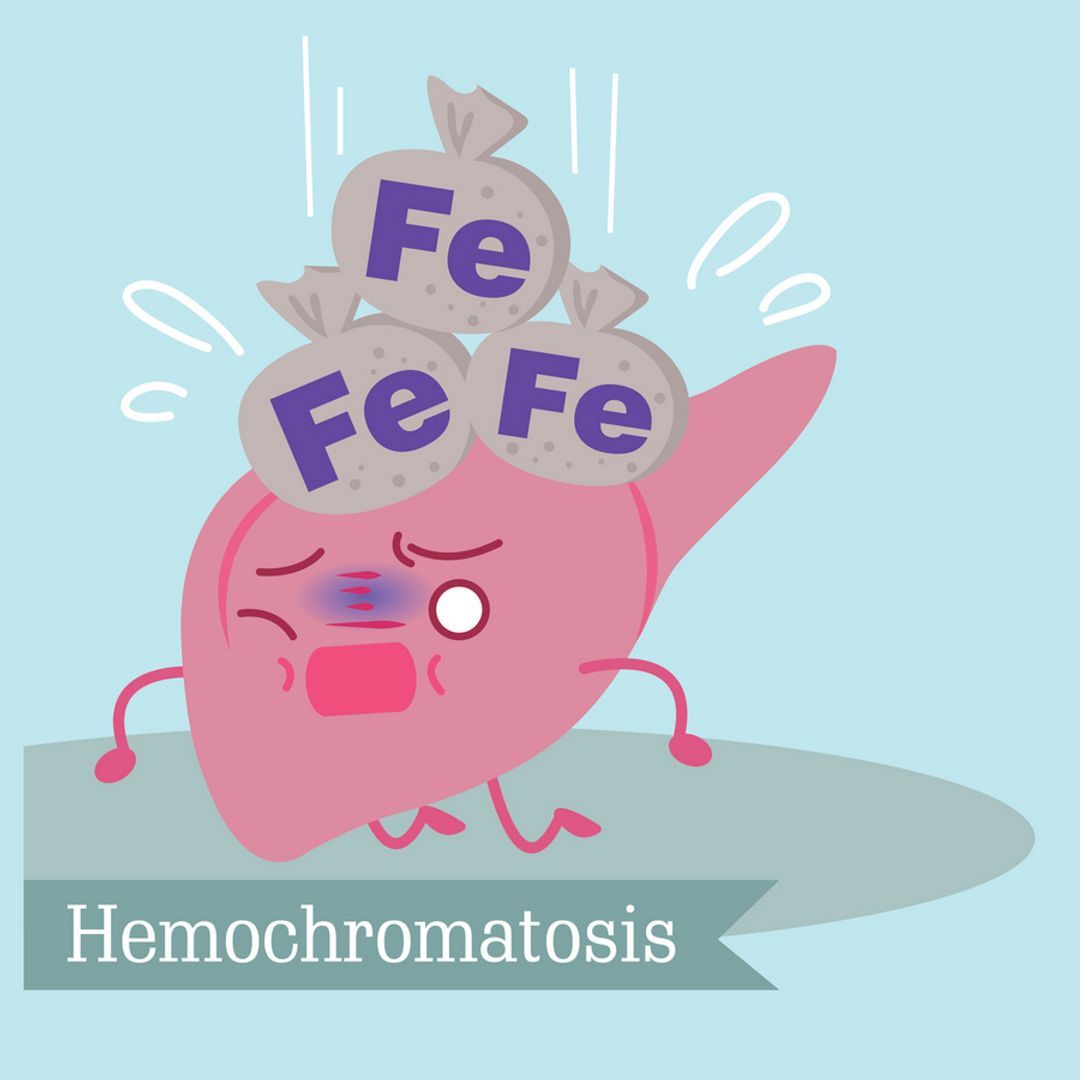Iron Blood Test Kits Explained
Iron is an element found in the blood essential for making red blood cells to transport oxygen around the body. Having low levels of iron is a condition called ‘iron deficiency anaemia,’ which can often leave a person feeling chronically weak and tired due to the lack of oxygen reaching the various cells and tissues in the body.
Iron is an element found in the blood essential for making red blood cells to transport oxygen around the body. Having low levels of iron is a condition called ‘iron deficiency anaemia,’ which can often leave a person feeling chronically weak and tired due to the lack of oxygen reaching the various cells and tissues in the body.
Iron deficiency anaemia can affect anyone, but it is most common in women who experience heavy menstrual periods or during pregnancy due to the requirements of the developing baby. Other causes of iron deficiency anaemia include health conditions that produce internal bleeding or inhibit nutrient absorption in the gut.
On the other hand, sustained high levels of iron put you at risk for iron overload (haemochromatosis), causing the mineral to build up in organs and tissues, including the liver, pancreas, and heart, and increasing susceptibility to various health complications.
You can easily check your iron levels with an at-home iron blood test to determine whether or not your levels are within a normal range. Keep reading to learn more about testing iron levels at home, how an iron level blood test works, and more.
What Is An Iron Blood Test?
An iron blood test detects iron levels in the blood; however, there are several related tests that may be used in conjunction to accurately determine if you have iron deficiency anaemia or iron overload. 
Other than iron, tests can also measure the levels of ferritin, a protein that stores iron in cells and regularly releases it into the blood to ensure optimal levels. Low ferritin levels indicate low iron in the blood, while high ferritin levels could signify too much iron.
If your ferritin test returns an abnormal result, it is recommended to take a serum iron test and a total iron-binding capacity (TIBC) test to accurately assess whether you are, in fact, too high or too low in iron or if it is due to an undiagnosed health condition.
How To Test Iron Levels At Home
Your doctor will usually order a lab test for you if they suspect you have abnormal iron levels; however, you can also take an iron test at home easily and conveniently by placing an order online. Some tests return results within 10 minutes, while others require you to mail your sample to a lab to interpret your iron levels.
 A typical kit will include a test cassette, a diluent dropper bottle, a lancet (a fine needle), a pipette, an alcoholic wipe, and a set of instructions for you to check your iron levels at home.
A typical kit will include a test cassette, a diluent dropper bottle, a lancet (a fine needle), a pipette, an alcoholic wipe, and a set of instructions for you to check your iron levels at home.
Using the lancet, you take a small finger prick blood sample and transfer it to the test cassette with the pipette provided. You then add the diluent solution and wait 10 minutes for results; reading the test after this time may produce inaccurate results. The sample will produce a positive result if iron or ferritin levels are lower than 20ng/ml, indicating anaemia.
If your test results don’t fall within the normal range, you’ll need to contact your doctor or healthcare professional for advice on what to do next, including taking further blood tests.
It is important to note that at-home iron test kits aren’t designed to test for haemochromatosis; in such cases, you will need an in-lab test or have one performed by your doctor.
Why Is It Important To Check Iron Levels?
Iron is an essential component of many critical bodily processes and having the correct levels is essential to keeping your body functioning at its best. A blood iron test can accurately establish the underlying cause of your abnormal iron levels, including poor diet, disease, blood loss, or pregnancy.
Both too little and too high iron levels can cause undesired symptoms that affect your quality of life and pose a potentially serious health risk.
For instance, low iron levels can indicate conditions such as:
- Hypothyroidism (underactive thyroid)
- Folic acid or vitamin C or B12 deficiency
- Peptic ulcers or colitis (causing internal bleeding)
- Coeliac disease (causing ineffective nutrient absorption)
- Blood diseases (such as leukaemia)
- Infections (such as malaria)
- Piles or inflammation of the bowel
Low iron levels can cause heart and lung complications and weaken your immune system, making you more susceptible to illness and infection. Low iron increases the risk of complications in pregnancy before and after birth.
High iron levels can be caused by the following:
- Genetics
- Obesity
- Diabetes
- Autoimmune conditions
- Cancer
- Liver disease
Iron overload over long periods can cause injury and failure of major organs, including the heart, liver, and pancreas. Other health complications include irregular periods in women, erectile dysfunction in men, joint pain, and arthritis.
Who Should Take An Iron Blood Test?
There are specific tell-tale signs to watch out for that may indicate abnormal levels of iron in your blood.
You should take an iron blood test if you exhibit any of the following symptoms:
- Extreme fatigue
- Weakness
- Pale skin
- Heart palpitations
- Shortness of breath
- Headache
- Dizziness or lightheadedness
- Reduced concentration
- Cold, numb, or tingling hands and feet
- Dry, brittle nails or spoon nails
- Poor appetite
- Sore tongue
- Joint pain
- Stomach pain
Take Control of Your Health With A GlycanAge Test
Iron blood tests are a valuable tool to help diagnose various conditions and ensure iron levels are within an ideal range to keep the body functioning optimally. Such tests are also a useful indicator of how effective certain treatments are in balancing your blood iron levels.
As important as iron blood tests are, they only provide limited information on the current state of your health. Did you know there is a test that can preempt health conditions before they’ve developed, giving you a greater chance to prevent illness and disease before they have a chance to progress?
The GlycanAge biological age test analyses biomarkers called glycans to assess the state of your immune system and accurately identify your risk for certain conditions, illnesses, and diseases in the future. Glycans are proteins that form part of the immune system and play a major role in keeping us healthy. The older you get, the more damage you accumulate in your body, thus increasing your pro-inflammatory glycans and making you more susceptible to major disease.
 A GlycanAge test can accurately identify factors that increase inflammation and accelerate the ageing process, such as diet, stress, and a lack of exercise. Such powerful feedback can empower you to adopt necessary changes to reverse such damage and effectively increase your health span.
A GlycanAge test can accurately identify factors that increase inflammation and accelerate the ageing process, such as diet, stress, and a lack of exercise. Such powerful feedback can empower you to adopt necessary changes to reverse such damage and effectively increase your health span.
A single test is recommended if you are beginning your wellness journey and want to discover your biological age. Two tests can help you measure how effectively your health has improved and how much you’ve reversed your biological age in response to lifestyle interventions over a period of time. A custom plan is best for biohackers or professional athletes who are invested in improving their health in the long term.
Affordable payment plans are available as part of each package. You’ll also receive a complimentary 1-1 consultation with a scientist and qualified healthcare professional to help you understand your results and devise a personalised action plan to help delay and reverse the ageing process.
If you’re ready to take control of your health, order your GlycanAge biological age test today.
FAQ
Are home iron tests reliable?
Home iron tests are reliable, having over 97% accuracy, as long as the instructions are followed carefully. Letting the cassette get wet before performing the test, not depositing a sufficient blood sample, or reading the results after the specified time can all return inaccurate results. With that said, all medical tests run a small risk of producing a false positive or false negative result, whether performed at home or in a laboratory.

Start or continue your GlycanAge journey
Don’t be afraid to reach out to us and ask questions, provide commentary or suggest topics.
 GlycanAge is a biological age test paired with expert advice to help guide your wellness.
GlycanAge is a biological age test paired with expert advice to help guide your wellness.